Hardcover Book Cover Material Options: Which Is Right for Your Book?
When it comes to publishing a professional and eye-catching hardcover book, the material used for the book cover is more than just a design detail—it’s a key part of the reader’s first impression. In this guide, we’ll walk you through the different hardcover book cover material options, why they matter, and how to choose the right one for your project.
1. What’s a Covering in a Hardcover Book?
The "covering" refers to the outer layer of a hardcover book—the material that wraps around the book’s rigid board (often greyboard or chipboard) to give it texture, color, and durability. This is what readers touch, see, and judge when they pick up your book for the first time. The covering material is often combined with special finishes like foil stamping or embossing to elevate the final look.
2. Why Covering Materials Matter
Hardcover book cover materials matter because they directly influence the durability, aesthetic appeal, tactile experience, and market perception of your book. Here's why this choice is so important:
Durability & Protection
The covering material serves as the first line of defense against wear and tear. High-quality materials like cloth, leatherette, or coated paperboard can protect the book from:
-
Bending and impact
-
Moisture and stains
-
Frequent handling
This is especially crucial for books that are meant to last, like keepsakes, coffee table books, or collector’s editions.
Visual Appeal & Branding
The look and feel of the cover give the first impression. Covering materials affect:
-
Color richness and finish (matte, gloss, linen texture)
-
The ability to use foiling, embossing, or debossing
-
The overall aesthetic match to genre or purpose (e.g., linen or faux leather for Bibles and journals, smooth matte for fiction)
A thoughtfully selected material elevates your brand and makes the book stand out on a shelf or online.
Reader Experience
Materials like soft-touch coatings or textured cloth create a tactile experience that enhances reader engagement. People are more likely to pick up and enjoy a book that feels good in their hands.
Perceived Value
Books with premium cover materials tend to feel more luxurious, which allows you to:
-
Price the book higher
-
Position it as a premium or collector’s edition
-
Appeal to gift buyers and enthusiasts
Suitability for Special Effects
Some materials are better suited for printing techniques like:
-
Foil stamping
-
UV spot coating
-
Embossing and debossing
Choosing the right material ensures these effects appear crisp and professional.
In short, the cover material is more than a design choice—it’s a strategic decision that influences the book's shelf appeal, longevity, and how it’s perceived by readers.
3. Common Hardcover Book Cover Materials
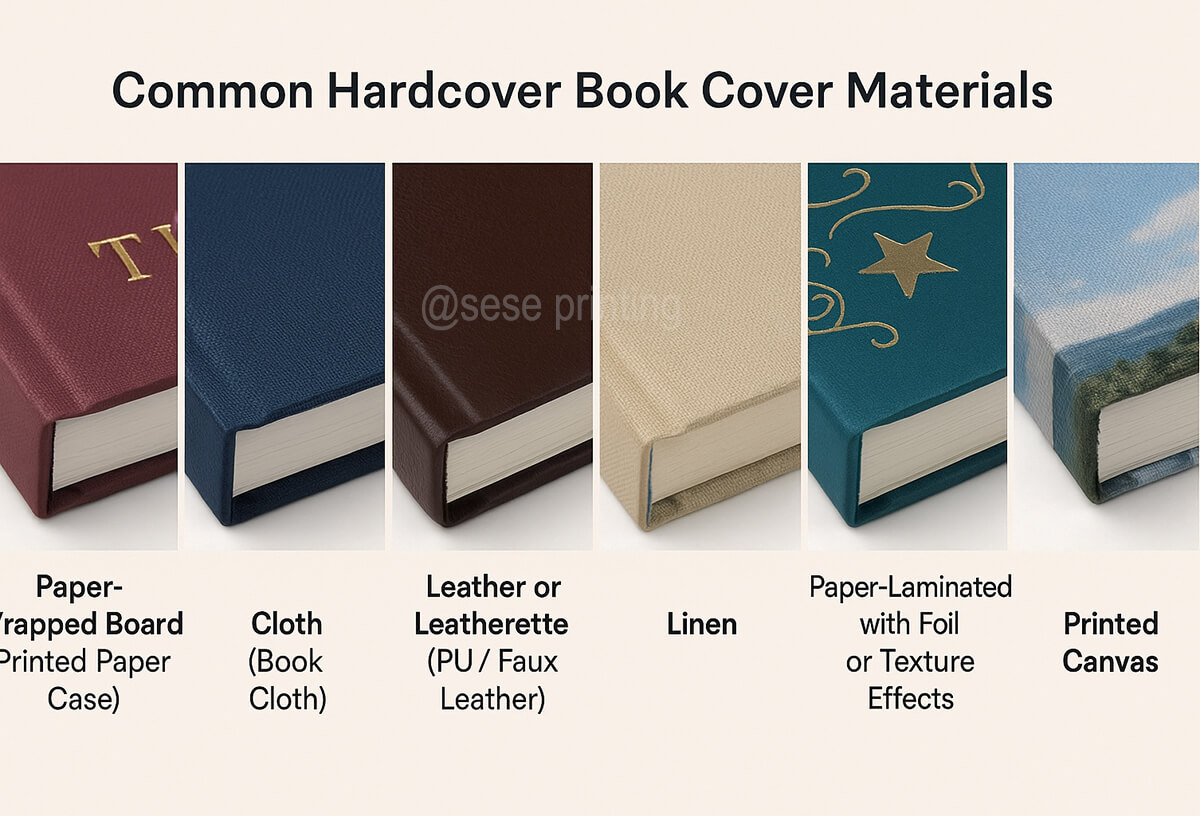
Paper-Wrapped Board (Printed Paper Case)
Description: Printed artwork on coated paper laminated over greyboard.
Use: Standard for fiction, nonfiction, and textbooks.
Finish Options: Gloss, matte, soft-touch, spot UV, foil stamping.
Pros: Cost-effective, full-color printing, supports custom finishes.
Cloth (Book Cloth)
Description: Woven fabric (cotton or rayon) glued over greyboard.
Types:
-
Natural cloth – visible weave, can be foiled or embossed.
-
Coated cloth – treated for stain resistance and printability.
Use: Literary books, classics, premium journals, Bibles.
Pros: Timeless, textured feel, high-end look.
Leather or Leatherette (PU / Faux Leather)
Description: Real leather or synthetic leather (PU/PVC) wrapped over board.
Use: Special editions, religious books, luxury journals.
Pros: Durable, premium aesthetic, embosses well.
Note: PU leather is more cost-effective and vegan-friendly.
Linen
Description: A finer, smoother weave than traditional cloth.
Use: Wedding albums, classic novels, upscale planners.
Pros: Elegant texture, excellent for foil and blind debossing.
Paper-Laminated with Foil or Texture Effects
Description: Special textured or foiled paper glued to the board.
Use: Children’s books, cookbooks, marketing or art books.
Pros: Visually striking, customizable with effects like glitter or holographic foil.
Printed Canvas
Description: A durable fabric that can be digitally printed.
Use: Photo books, art portfolios.
Pros: Combines fabric durability with design freedom.
Specialty Materials
Types Include:
-
Velvet or suede touch – soft, luxurious texture.
-
Metallic paper – for futuristic or fantasy themes.
-
Recycled materials – eco-friendly publishing.
Use: Collector’s editions, limited-run books, sustainable publishing.
Pros: Unique look and feel, appeals to niche markets.
Each of these materials can be customized with cover finishes like foiling, embossing, debossing, UV coating, and sprayed edges to create a visually and physically appealing final product.
4. Considerations when Choosing Covering Material
Book Type & Intended Use
-
Children’s books → Durable, wipeable paper-laminated covers.
-
Luxury journals or Bibles → PU leather or cloth for a premium, long-lasting feel.
-
Art books or photo albums → Printed canvas or textured linen for visual appeal.
Desired Aesthetic & Brand Image
-
Cloth or linen → Classic, scholarly, or elegant.
-
Faux leather → Premium, timeless, formal.
-
Printed paper → Flexible design, modern, colorful.
Match the material with your book genre, target audience, and visual branding.
Budget & Production Cost
-
Paper-wrapped covers are budget-friendly and customizable.
-
Cloth and PU leather add cost but offer premium appeal.
-
Specialty materials (e.g., velvet, foil paper) may require higher minimum order quantities and custom production.
Customization & Finish Options
-
Foil stamping, embossing, debossing → Work best on cloth, PU leather, and some textured papers.
-
Full-color printing → Best on coated paper or canvas.
-
UV spot or soft-touch → Require paper-laminated boards.
Choose a material that supports your preferred embellishments and finishes.
5. Common Cover Finish Options
Once you've selected the covering material for your hardcover book, the next step is to decide on the finish—an essential element that enhances the look, feel, and durability of your book. Different finishes can dramatically impact your book’s visual appeal, reader experience, and shelf presence.
Here are the most common hardcover book cover finish options:
|
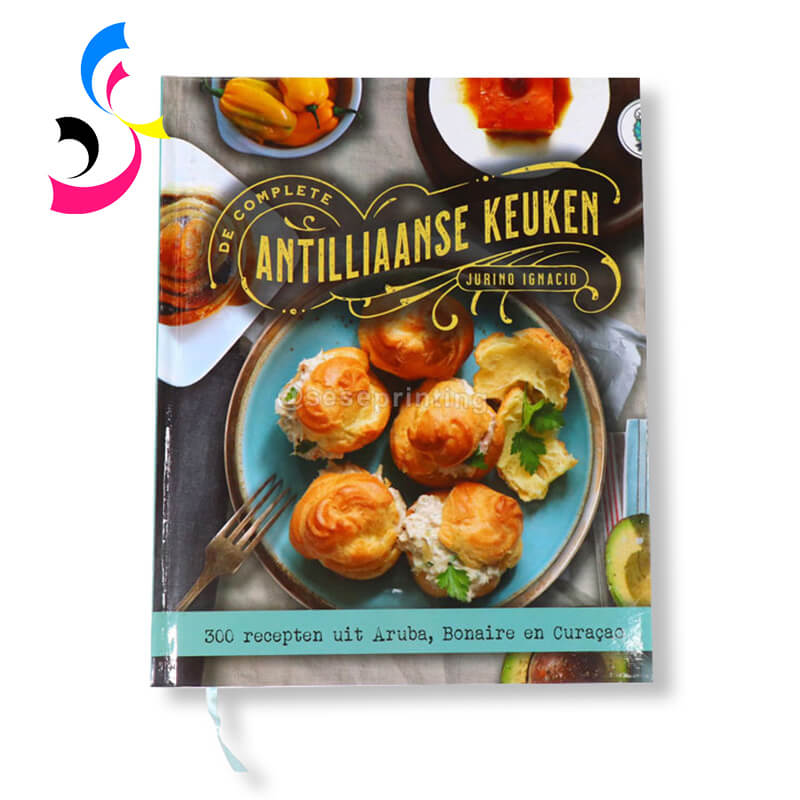
|
Gloss lamination provides a shiny, reflective surface that makes colors appear more vibrant and images sharper. It's popular for books with photographic or illustrated covers, such as children’s books, cookbooks, and coffee table books.
Benefits:
-
Eye-catching shine
-
Resistant to dirt and moisture
-
Enhances color richness
|
|
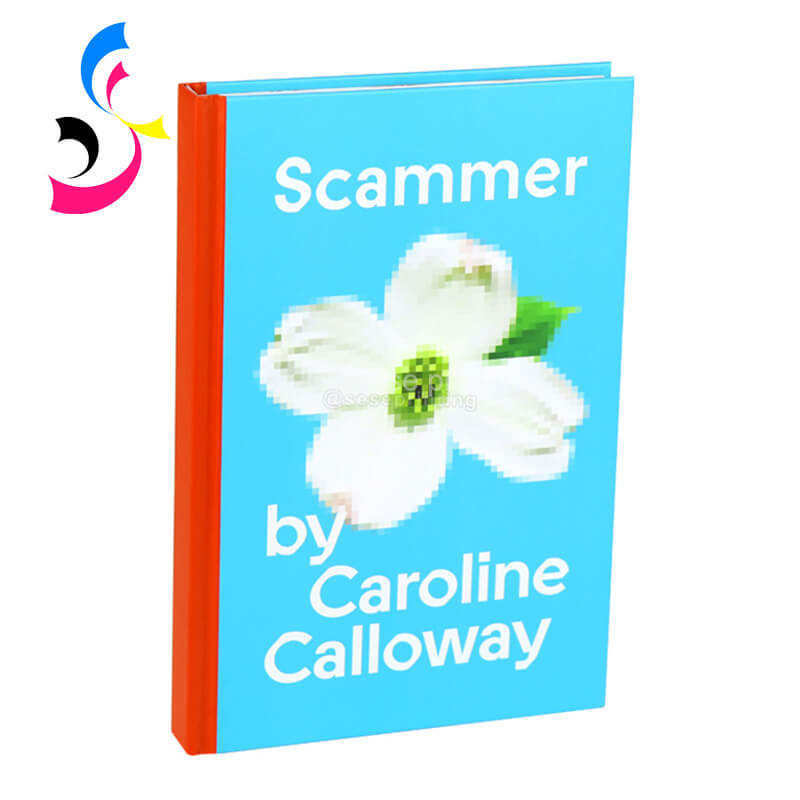
|
Matte lamination offers a smooth, non-reflective surface that gives the book a more elegant and modern appearance. It’s widely used for literary novels, professional planners, and journals.
Benefits:
-
Soft, velvety texture
-
Reduces glare for better readability
-
A sophisticated, premium feel
|
|
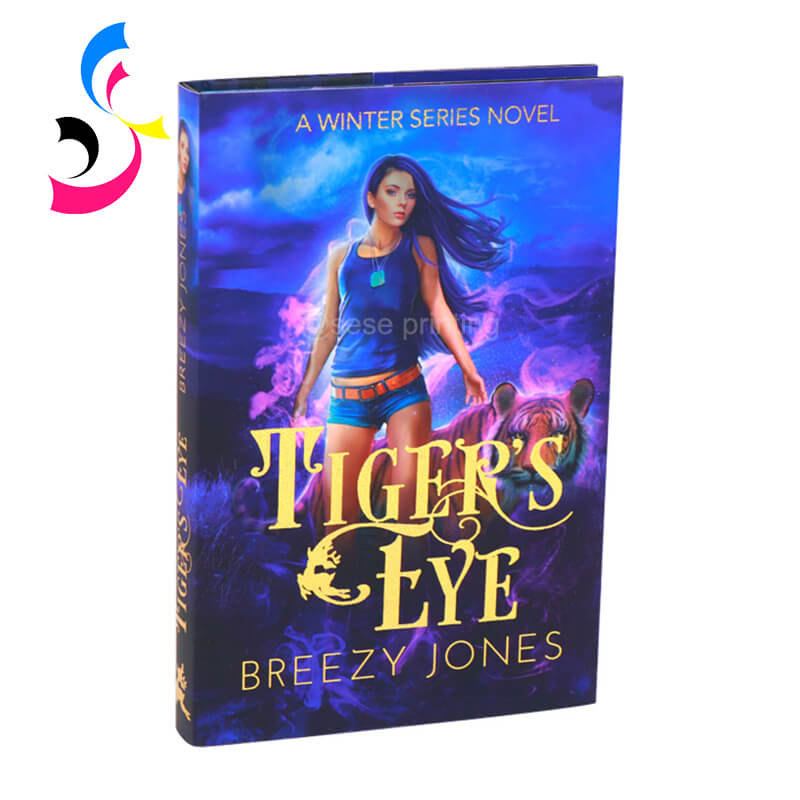
|
Also known as "velvet lamination," this finish has a suede-like texture and a luxurious feel. It’s ideal for high-end editions, romance novels, and special edition journals.
Benefits:
-
Tactile and refined
-
Enhances perceived value
-
Pairs well with foiling or spot UV
|
Spot UV (Selective Gloss)
|
|
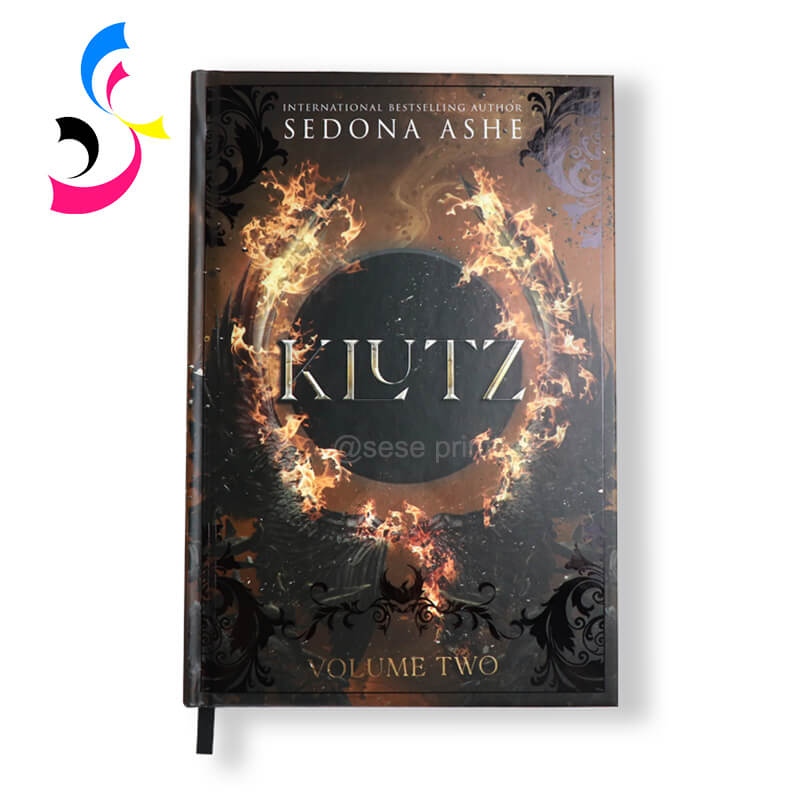
|
Spot UV adds a glossy finish to specific areas of the cover, such as the title, author name, or images. This contrast creates a striking effect when used with matte or soft-touch lamination.
Benefits:
-
Draws attention to key elements
-
Provides visual and tactile contrast
-
Great for branding or embellishment
|
|
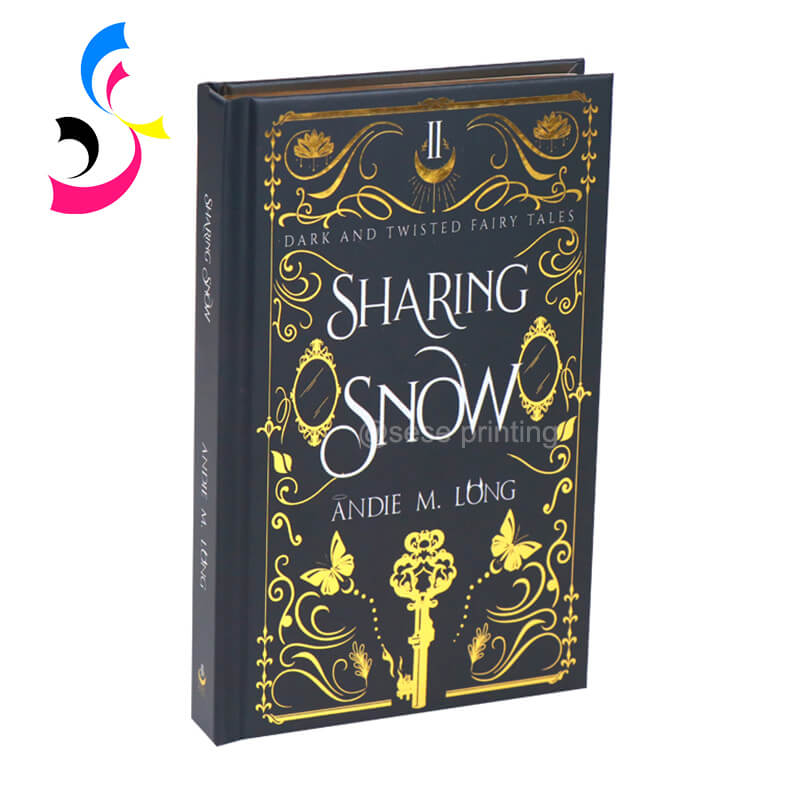
|
Foil stamping uses heat to apply metallic or pigmented foil to the cover surface, available in colors like gold, silver, rose gold, or holographic. Often used for titles or logos.
Benefits:
-
Adds shimmer and prestige
-
Available in multiple foil colors
-
Excellent for special editions or luxury books
|
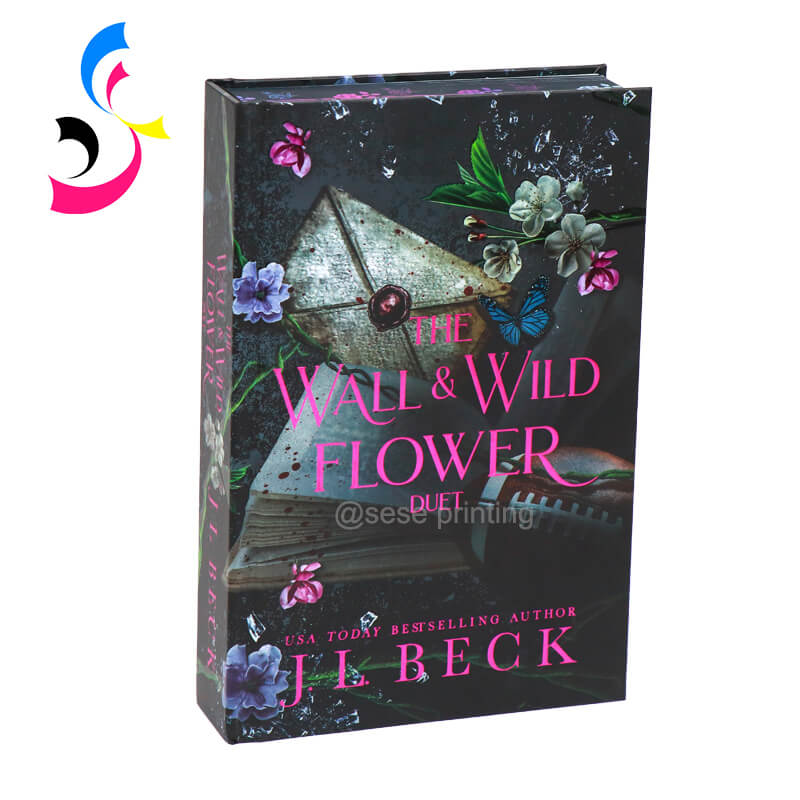
|
Embossing creates a raised design on the book cover by pressing the material from the underside, adding a tactile and visual effect. It’s commonly used for titles, logos, or decorative elements to create a refined, dimensional look.
Benefits:
-
Adds texture and depth
-
Enhanc
-
es visual appeal without color
-
Ideal for premium or minimalist designs
|
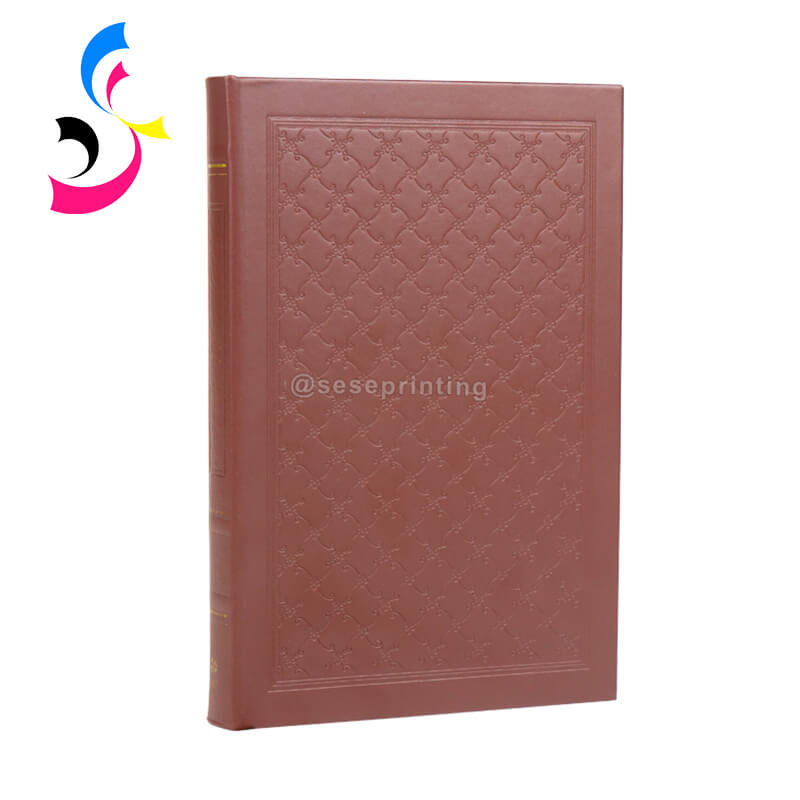
|
Debossing presses a design into the cover material, creating an indented effect. It can be used alone for subtle elegance or combined with foil stamping for a striking, multi-layered finish.
Benefits:
-
Offers a subtle, professional finish
-
Pairs well with foil for high-end results
-
Suitable for logos, titles, or artistic patterns
|
6. Print Hardcover Books with SESE Printing
At SESE Printing, we specialize in turning your creative vision into beautifully crafted hardcover books. Whether you're publishing a novel, planner, photo book, or a collector's edition, our expert team is here to support every step—from material selection to finishing touches.
Why Choose SESE Printing?
Custom Sizes & Styles
We offer complete customization: trim sizes, binding methods, cover materials, and special finishes—tailored to fit your brand or genre.
Premium Cover Options
Choose from linen, leatherette, printed paper, or specialty cloth covers. Add lamination, foil stamping, spot UV, or embossing for a luxurious, professional finish.
Sprayed & Stenciled Edges
Make your hardcover stand out with sprayed or patterned edges—a popular choice for special editions and limited-run novels.
Small MOQ & Bulk Pricing
Whether you’re a self-publisher or a large publishing house, we offer flexible quantities and competitive pricing to meet your needs.
Reliable Quality Control
Every book is checked by hand to ensure it meets our high production standards—from printing precision to binding strength.
Global Shipping
We serve clients worldwide with reliable logistics and secure packaging that ensures your hardcover books arrive in perfect condition.
Let us help you create a hardcover book that looks as good as it reads. Contact SESE Printing today for a free quote and expert consultation.
 Jun 17,2025
Jun 17,2025

 SESE
SESE






 Home
Home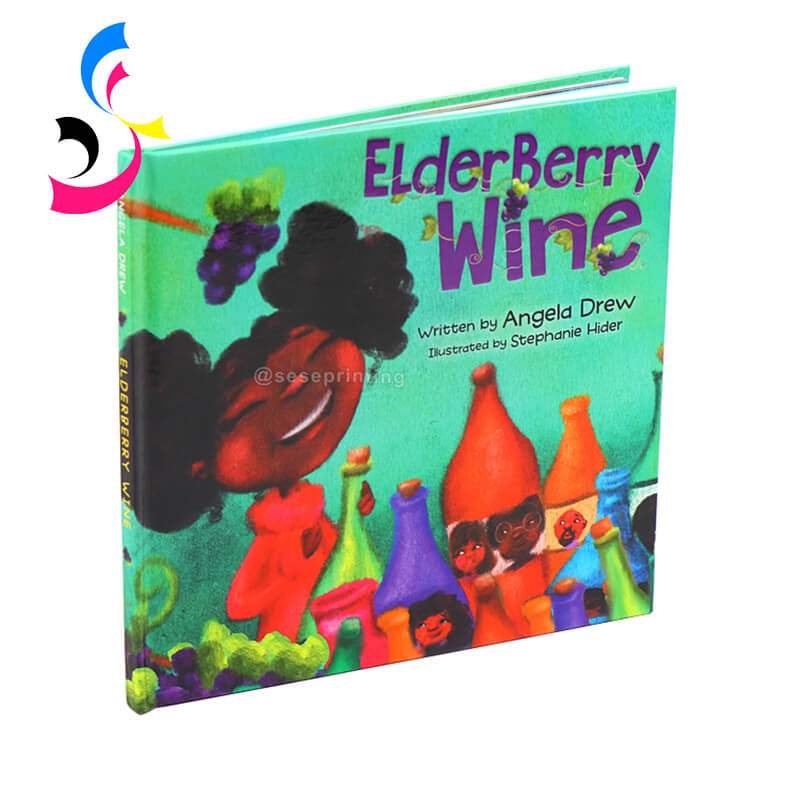
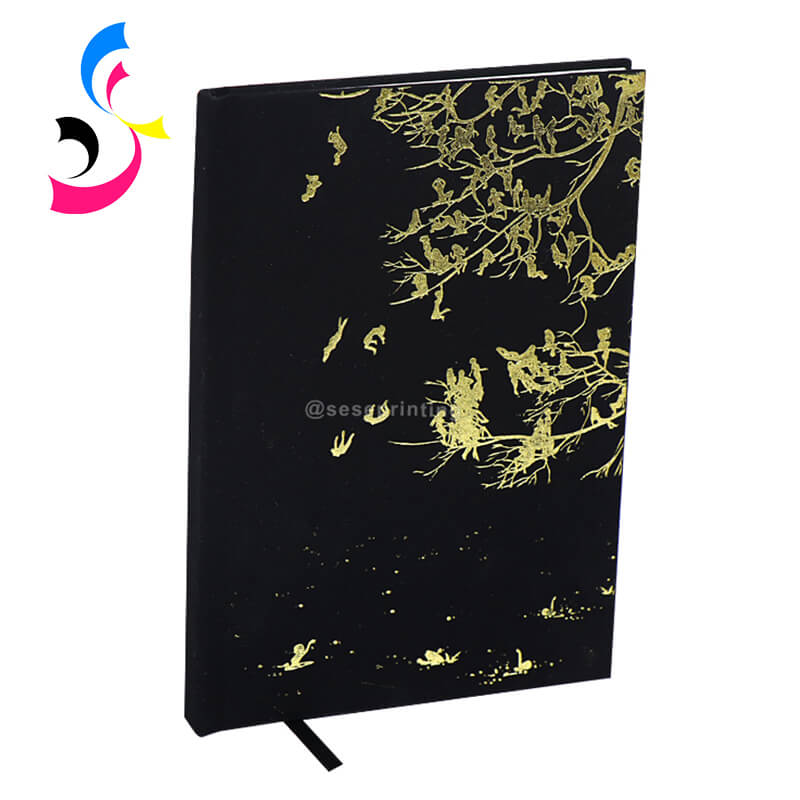
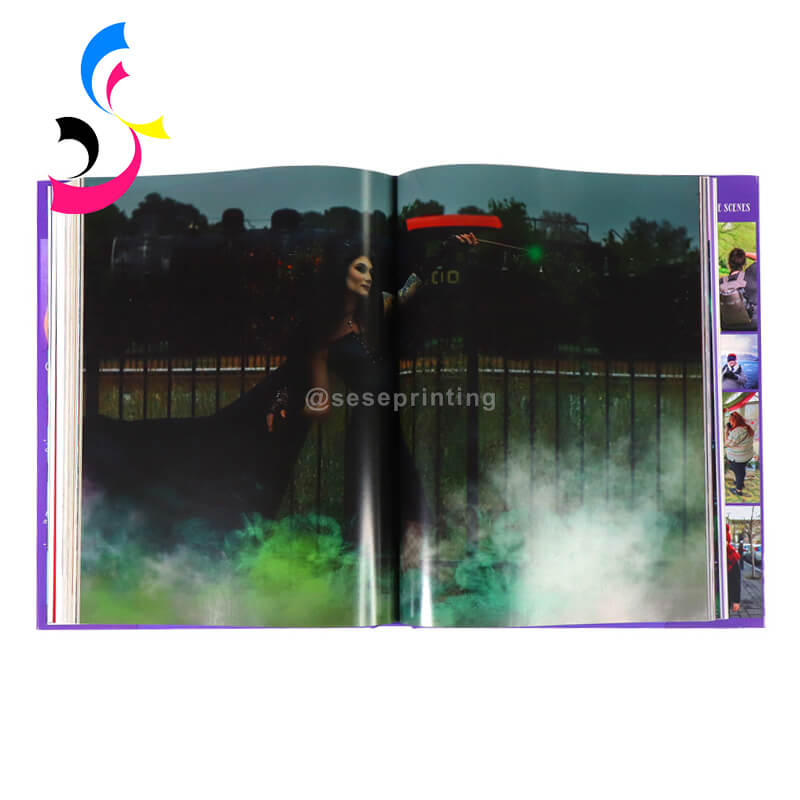







 How Much Does It Cost to Make a Spiral Notebook
How Much Does It Cost to Make a Spiral Notebook  You May Also Like
You May Also Like
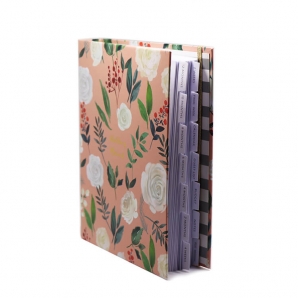

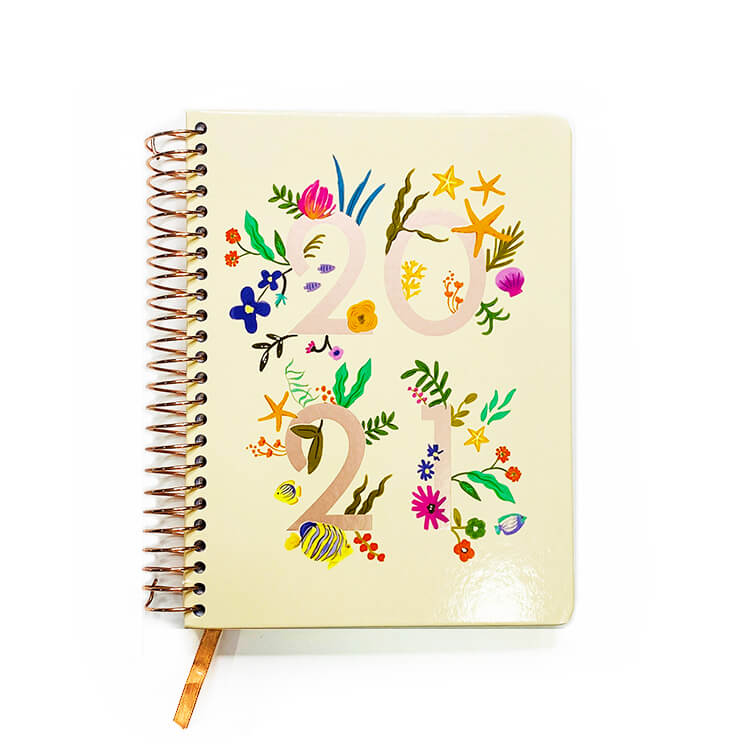

 Tel
Tel
 Email
Email
 Address
Address







